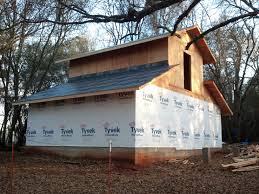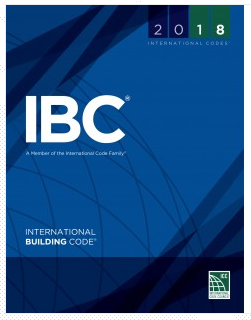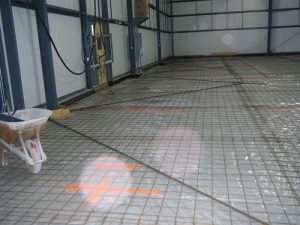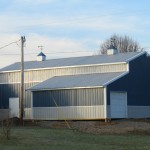It didn’t take me long to figure out a building is basically just a structural framework with control layers. Yeah, there’s also electrical, plumbing, mechanical systems, and finishes, but the heart of a building is the stuff which holds it up and which moderates the flows of heat, air, and moisture between in and out.
 One of those control layers is the air barrier. Of course, everyone knows now a building can never be too tight (right?), so we want the air barrier to stop as much air flow across the building envelope as possible.
One of those control layers is the air barrier. Of course, everyone knows now a building can never be too tight (right?), so we want the air barrier to stop as much air flow across the building envelope as possible.
Many people believe by putting building wrap on a building, you’ve got your air barrier taken care of. Although building wrap can qualify as an air barrier material, it usually doesn’t behave as an air barrier when installed. Here’s why:
All seams must be sealed. Builders usually do a decent job here. After installing the layers of building wrap, they go back and tape the seams.
Top and bottom edges must be sealed. This rarely happens, and there’s a good reason why you shouldn’t seal the bottom edge – You’ll trap water inside when it gets behind the building wrap and can’t drain out the bottom.
All the edges where it’s cut at rough openings must be sealed. Doesn’t happen. Also, not a good idea in places where water needs to be able to drain out.
Cladding contractors cut it with their box cutters to get it to lie flat. When building wrap goes through an inside corner, it often ‘cuts the corner,’ making it impossible to install siding without slitting it.
Innumerable tears, rips, and cuts allow air to move across it. They rarely get sealed before being covered with the cladding.
Because there are so many places air can move across the building wrap, it doesn’t really perform as an air barrier when installed. There is one type of air leakage it does help reduce, however – infiltration, air moving into the building (as opposed to exfiltration, air moving out of the building).
When the air pressure outside the building is higher than the pressure inside, air wants to move to the inside. This pulls building wrap into the seams, gaps, and penetrations and inhibits the flow of air from outside to inside (infiltration). If the building pressure is higher than the outside pressure, on the other hand, the building wrap pushes away from the holes and air moves out of the building (exfiltration).
So, if building wrap isn’t an air barrier, why do we use it?
Building wrap’s best use is to act as the drainage plane on a building. This control layer keeps liquid water which gets behind the cladding from wetting the building materials. Tar paper (also called building paper or felt) is the traditional material used for this application, but building wrap has is the dominant choice these days. It’s kind of like Goretex for a building. It stops liquid water from going through, but it allows water vapor to pass so when the building materials do get wet, they can dry through the building wrap.
The more general term building wrap is weather resistive barrier (WRB), whithatch implies it’s there to keep the weather out. It does this for rain which gets behind the cladding, but it won’t resist air leakage due to wind, since wind puts a positive pressure on a building..
Bottom line: Don’t think of building wrap as an air barrier. It’s there to be the drainage plane.










I have a pole barn in Minnesota I’m insulating. In part of my barn; I have a cathedral ceiling (hip roof?) that has 2×12’s. I need to insulate and plan to use fiberglass kraft-face R38. What goes above the insulation between fiberglass and the metal roof? I would put 1″ nailers + foil face to allow for a 1″ gap between the insulation and the metal?? Basically; on a non-pole barn you see the cathedral ceilings insulated with kraft-face with no gap above. This is bad news for a pole barn?
I will give you a DON’T do first – do not use faced insulation in a ceiling. Warm moist air needs to be able to pass through the insulation, relatively unimpeded, to a dead air space above the batts. The dead air space must be adequately ventilated at the eave and ridge. This is a CODE requirement.
If your 2×12 run from eave to ridge, then 10 inch unfaced batts could be used and air could flow up the channels between the rafters. You WILL need to have a vapor barrier under the roof steel, if one is not currently present.
My educated guess – in order to do the job right, the option may be to use closed cell spray foam insulation. It is not inexpensive, but it keeps you from having to tear apart your building to insulate.
Does the building wrap go all the way to the gable tip in your supplied kits?
Yes, the only time it would not would be if the siding was steel and there was a ceiling in the building, in which case the building wrap would end at the ceiling line. On your particular building, approximately 2200 Square feet would be required and we shipped you 2700 square feet.